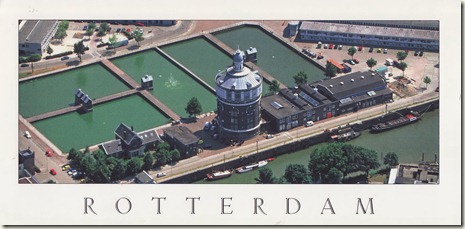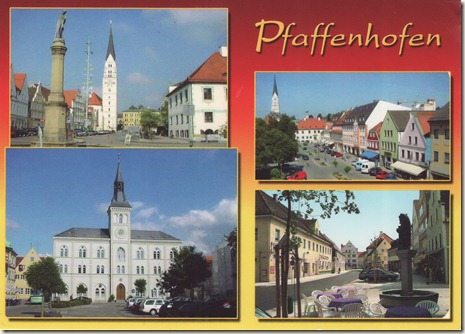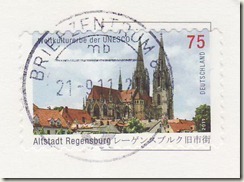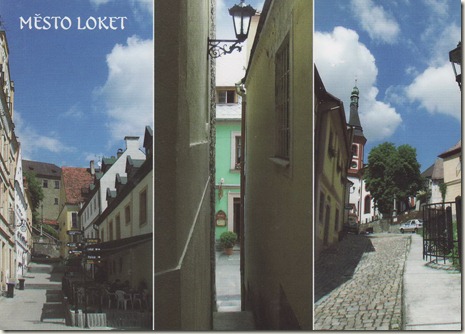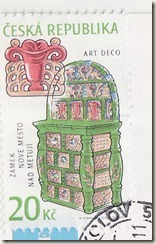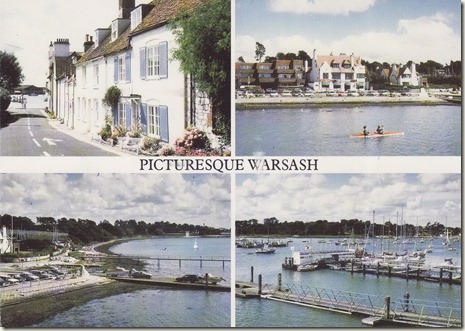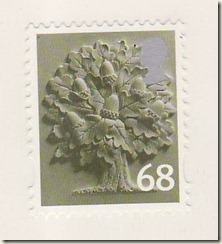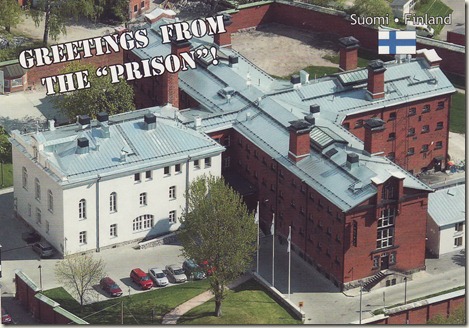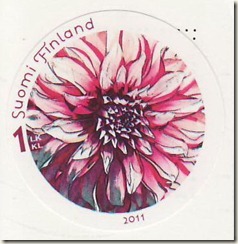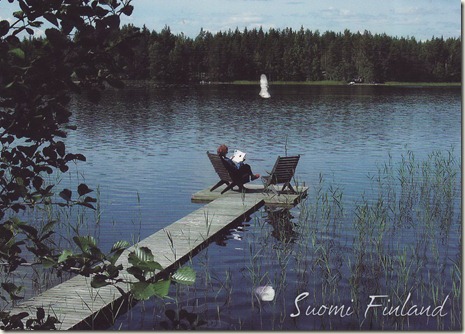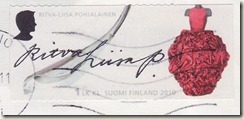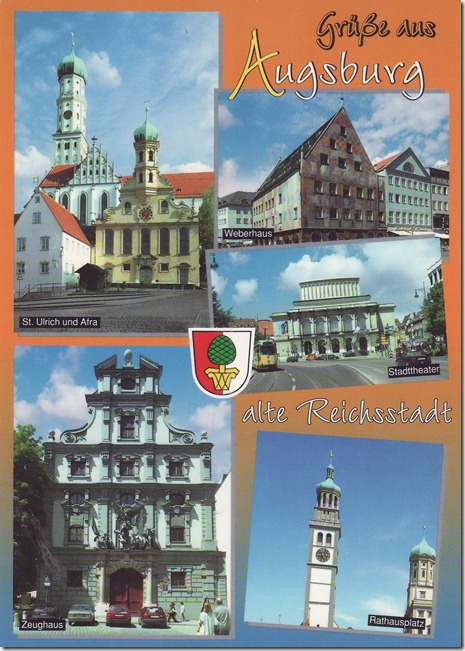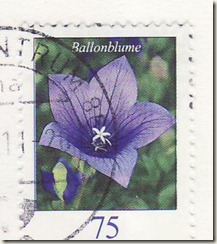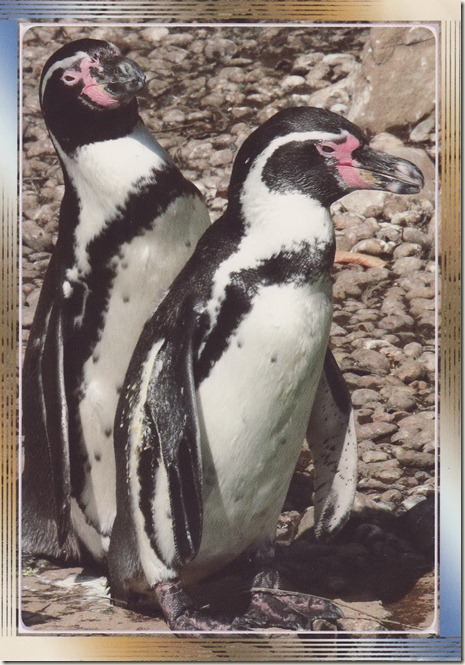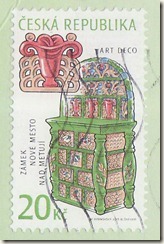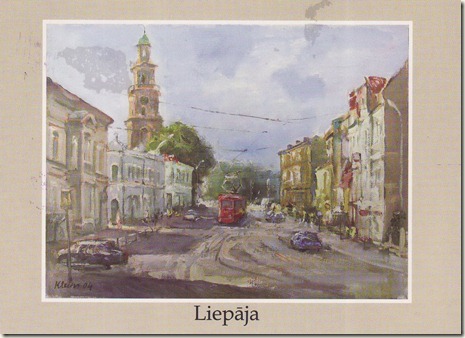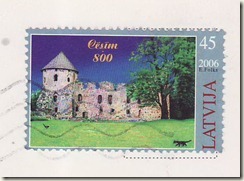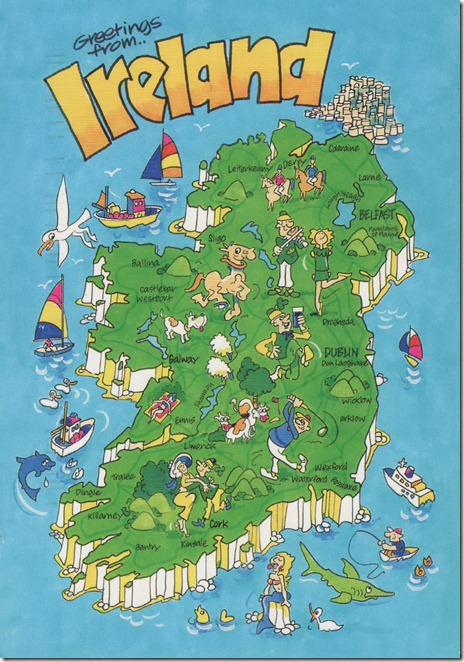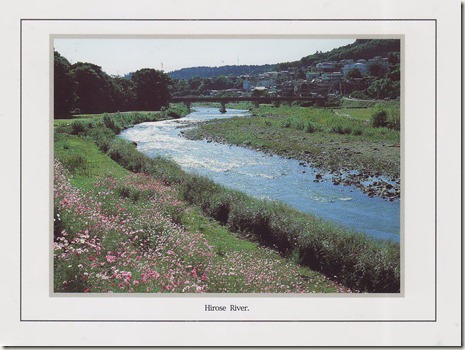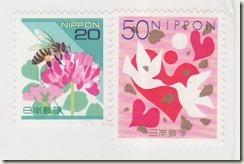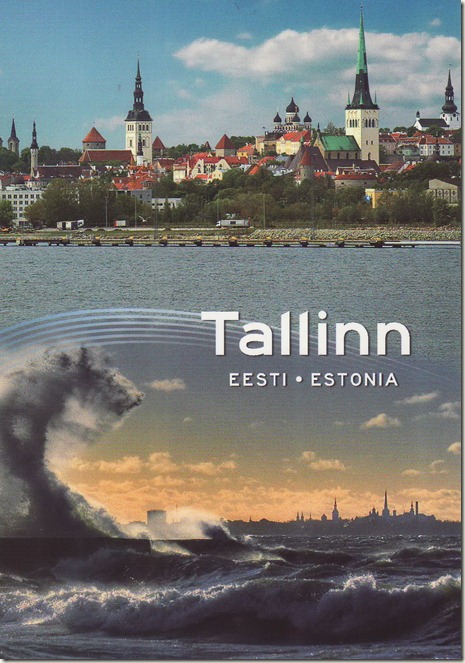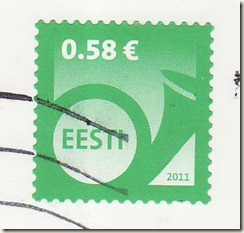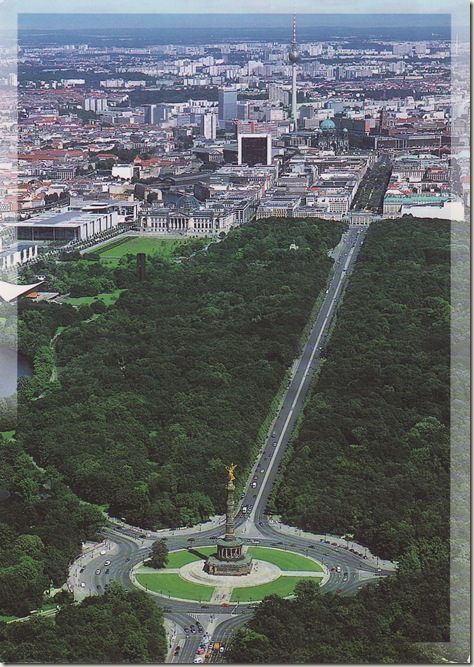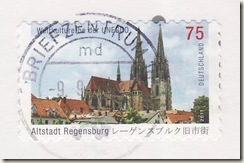Country: Netherlands
Distance: 1,170 km
Travel time: 7 days
On postcard: Rotterdam
Rotterdam is the second-largest city in the Netherlands and the largest port in the world. Starting as a dam on the Rotte river, Rotterdam has grown into a major international commercial centre. Its strategic location at the Rhine-Meuse-Scheldt delta on the North Sea and at the heart of a massive rail, road, air and inland waterway distribution system extending throughout Europe means that Rotterdam is often called the Gateway to Europe.
Located in the Province of South Holland, Rotterdam is in the west of the Netherlands and at the south of the Randstad. The population of the city proper was 603,425 in March 2010. The population of the greater Rotterdam area, called "Rotterdam-Rijnmond" or just "Rijnmond", is around 1.3 million people. Rotterdam is one of Europe's most vibrant and multicultural cities. It is known for its university (Erasmus), its cutting-edge architecture, its lively cultural life, its striking riverside setting, its maritime heritage and the Rotterdam Blitz.
But the essence of Rotterdam is its huge, modern port. The largest port in Europe and one of the busiest ports in the world, the port of Rotterdam was the world's busiest port from 1962 to 2004, at which point it was surpassed by Shanghai. Rotterdam's commercial and strategic importance is based on its location near the mouth of the Nieuwe Maas (New Meuse), one of the channels in the delta formed by the Rhine and Meuse on the North Sea. These rivers lead directly into the centre of Europe, including the industrial Ruhr region.
History
Settlement at the lower end of the fen stream Rotte (or Rotta, as it was then known, from rot, 'muddy' and a, 'water', thus 'muddy water') dates from at least 900 CE. Around 1150, large floods in the area ended development, leading to the construction of protective dikes and dams, including Schielands Hoge Zeedijk ('Schieland’s High Sea Dike') along the northern banks of the present-day Nieuwe Maas. A dam on the Rotte or 'Rotterdam' was built in the 1260s and was located at the present-day Hoogstraat ('High Street').
On 7 June 1340, Count Willem IV of Holland granted city rights to Rotterdam, which then had approximately 2000 inhabitants. Around 1350 a shipping canal, the Rotterdamse Schie was completed, which provided Rotterdam access to the larger towns in the north, allowing it to become a local transshipment center between Holland, England and Germany, and to urbanize.
The port of Rotterdam grew slowly but steadily into a port of importance, becoming the seat of one of the six 'chambers' of the Vereenigde Oostindische Compagnie (VOC), the Dutch East India Company.
The greatest spurt of growth, both in port activity and population, followed the completion of the Nieuwe Waterweg in 1872. The city and harbor started to expand on the south bank of the river. The Witte Huis or White House skyscraper, inspired by American office buildings and built in 1898 in the French Chateau-style, is evidence of Rotterdam's rapid growth and success. When completed, it was the tallest office building in Europe, with a height of 45 m (147.64 ft).
During World War II, the German army invaded the Netherlands on 10 May 1940. Adolf Hitler had hoped to conquer the country in just one day, but his forces met unexpectedly fierce resistance. The Dutch army was finally forced to capitulate on 14 May 1940, following Hitler's bombing Rotterdam and threatening to bomb other Dutch cities. The heart of Rotterdam was almost completely destroyed by the Luftwaffe; 900 civilians were killed and 80,000 made homeless. The City Hall survived the bombing. Ossip Zadkine later strikingly captured the event with his statue De Verwoeste Stad ('The Destroyed City'). The statue stands near the Leuvehaven, not far from the Erasmusbrug in the centre of the city, on the north shore of the river Nieuwe Maas.
Rotterdam was gradually rebuilt from the 1950s through the 1970s. It remained quite windy and open until the city councils from the 1980s on began developing an active architectural policy. Daring and new styles of apartments, office buildings and recreation facilities resulted in a more 'livable' city center with a new skyline. In the 1990s, the Kop van Zuid was built on the south bank of the river as a new business center.
Geography
'Rotterdam' is divided into a northern and a southern part by the river Nieuwe Maas, connected by (from west to east): the Beneluxtunnel; the Maastunnel; the Erasmusbrug ('Erasmus Bridge'); a subway tunnel; the Willemsspoortunnel ('Willems railway tunnel'); the Willemsbrug ('Willems Bridge'); the Koninginnebrug ('Queen's Bridge'); and the Van Brienenoordbrug ('Van Brienenoord Bridge'). The former railway lift bridge De Hef ('the Lift') is preserved as a monument in lifted position between the Noordereiland ('North Island') and the south of Rotterdam.
The city centre is located on the northern bank of the Nieuwe Maas, although recent urban development has extended the center to parts of southern Rotterdam known as De Kop van Zuid ('the Head of South', i.e. the northern part of southern Rotterdam). From its inland core, Rotterdam reaches the North Sea by a swathe of predominantly harbor area.
Built mostly behind dikes, large parts of the Rotterdam are below sea level. For instance, the Prins Alexander Polder in the northeast of Rotterdam extends 6 meters below sea level, or rather below Normaal Amsterdams Peil (NAP) or 'Amsterdam Ordnance Datum'. The lowest point in the Netherlands (6.76 metres (22.2 ft) below NAP) is situated just to the east of Rotterdam, in the municipality of Nieuwerkerk aan den IJssel.
The Rotte river no longer joins the Nieuwe Maas directly. Since the early 1980s, when the construction of Rotterdam’s second subway line interfered with the Rotte’s course, its waters have been pumped through a pipe into the Nieuwe Maas via the Boerengat.
Ports
Rotterdam has the largest port in Europe, with the rivers Meuse and Rhine providing excellent access to the hinterland upstream reaching to Basel, Switzerland and into France. In 2004 Shanghai took over as the world's busiest port. In 2006, Rotterdam was the world's seventh largest container port in terms of Twenty-foot equivalent units (TEU) handled.
The port's main activities are petrochemical industries and general cargo handling and transshipment. The harbour functions as an important transit point for bulk materials and between the European continent and overseas. From Rotterdam goods are transported by ship, river barge, train or road. In 2007, the Betuweroute, a new fast freight railway from Rotterdam to Germany, was completed.
In 1872, the Nieuwe Waterweg ('New Waterway') opened, a ship canal constructed to keep the city and port of Rotterdam accessible to seafaring vessels as the natural Meuse-Rhine channels silted up. The canal proper measures approximately 6.5 kilometres (4.0 mi) from the western tips of its protruding dams to the Maeslantkering ('Maeslant Barrier'). Many maps, however, include the Scheur as part of the Nieuwe Waterweg, leading to a length of approximately 19.5 kilometres (12.1 mi).
In the first half of the twentieth century, the port's center of gravity shifted westward towards the North Sea. Covering 105 square kilometres (41 sq mi), the port of Rotterdam now stretches over a distance of 40 kilometres (25 mi). It consists of the city center's historic harbor area, including Delfshaven; the Lloydkwartier; the Maashaven/Rijnhaven/Feijenoord complex; the harbors around Nieuw-Mathenesse; Waalhaven; Vondelingenplaat; Eemhaven; Botlek; Europoort, situated along the Calandkanaal, Nieuwe Waterweg and Scheur (the latter two being continuations of the Nieuwe Maas); and the reclaimed Maasvlakte area, which projects into the North Sea.
The construction of a second Maasvlakte received initial political approval in 2004, but was stopped by the Raad van State (the Dutch Council of State, which advises the government and parliament on legislation and governance) in 2005, because the plans did not take enough account of environmental issues. On 10 October 2006, however, approval was acquired to start construction in 2008, aiming for the first ship to anchor in 2013.
Culture
Alongside Porto, Rotterdam was European Capital of Culture in 2001. The city has its own orchestra, the Rotterdam Philharmonic Orchestra with its world famous musical director Yannick Nézet-Séguin, a large congress and concert building called De Doelen, plus many theatres (including the new Luxor theatre) and movie theatres. The Ahoy complex in the south of the city is used for pop concerts, exhibitions, tennis tournaments and other activities. A major zoo called Diergaarde Blijdorp is situated at the northwest side of Rotterdam, complete with a walkthrough sea aquarium called the Oceanium.
The city is home to the Willem de Kooning Academy and Piet Zwart Institute.
Rotterdam is currently going through a sort of renaissance, with some urban architecture projects, a nightlife, and many summer festivals celebrating the city's multicultural population and identity, such as the Caribbean-inspired "Summer Carnival", the Dance Parade, Rotterdam 666, the Metropolis pop festival and the World Port days. The city has a few venues for pop music like Rotown and Exit. The venue WORM focuses on experimental music and related cutting edge subcultural music. There are also the International Film Festival in January, the Poetry International Festival in June, the North Sea Jazz Festival in July, the Valery Gergiev Festival in September, September in Rotterdam and the World of the Witte de With. In June 1970, The Holland Pop Festival (which featured Jefferson Airplane, The Byrds, Canned Heat, It's a Beautiful Day, and Santana) was held and filmed at the Stamping Grounds in Rotterdam.
The self-image of the city is that of a no-nonsense workers' city. In that sense, there is a healthy competition with Amsterdam, which is often viewed as the cultural capital of the Netherlands. There is a saying: "Amsterdam to party, Den Haag (The Hague) to live, Rotterdam to work". Another one, more popular by Rotterdammers, is "Money is earned in Rotterdam, divided in The Hague and spent in Amsterdam". Another saying that reflects both the rivalry between Rotterdam and Amsterdam is "Amsterdam has it, Rotterdam doesn't need it".
Rotterdam has had a rich hiphop music scene since the early 1980s. It is also the home of Gabber, a type of hardcore electronic music popular in the mid-1990s, with hard beats and samples. Groups like Neophyte and Rotterdam Terror Corps (RTC) started in Rotterdam.
The main cultural organisations in Amsterdam, such as the Concertgebouw and Holland Festival, have joint forces with similar organisations in Rotterdam, via A'R'dam. In 2007 these organisations published with plans for co-operation. One of the goals is to strengthen the international position of culture and art in the Netherlands in the international context.
Museums
Rotterdam has many museums. Well known museums are the Boijmans-van Beuningen Museum, the NAi (Netherlands Architecture Institute), the Volkenkundig Museum (foreign peoples and cultures), the Kunsthal (design by Rem Koolhaas),the center for contemporary art Witte de With, the Maritime Museum and the Brandweermuseum (Fire brigade museum). The Historisch Museum (Historical museum) has two buildings: the Dubbelde Palmboom and the Schielandshuis. Other museums include the tax museum and the nature historical museum. At the historical shipyard and museum Scheepswerf 'De Delft' the reconstruction of ship of the line Delft can be visited.
Architecture and skyline
In 1898, the 45 meter high-rise office building the White House (in Dutch Witte Huis) was completed, at that time the tallest office building in Europe. In the first decades of the 20th century, some influential architecture in the modern style was built in Rotterdam. Notable are the Van Nelle fabriek (1929) a monument of modern factory design by Brinkman en Van der Vlugt, the Jugendstil clubhouse of the Royal Maas Yacht Club designed by Hooijkaas jr. en Brinkman (1909), and Feyenoord's football stadium De Kuip (1936) also by Brinkman en Van der Vlugt. The architect J. J. P. Oud was a famous Rotterdammer in those days. During the early stages of World War II the center of Rotterdam was bombed by the Germans, destroying many of the older buildings in the center of the city. After initial crisis re-construction the center of Rotterdam has become the site of ambitious new architecture.
Rotterdam is also famous for its Kubuswoningen or cube houses built by architect Piet Blom in 1984. In addition to that there are many international well known architects based in Rotterdam like O.M.A (Rem Koolhaas), MVRDV, Neutelings & Riedijk and Erick van Egeraat to name a few.
Rotterdam houses several of the tallest structures in the Netherlands.
- The Erasmusbrug (1996) is a 790-meter (2,600 ft) cable stayed bridge linking the north and south of Rotterdam. It is held up by a 138 metres (453 ft) tall pylon with a characteristic bend, earning the bridge its nickname 'De Zwaan' ('the Swan').
- Rotterdam has the tallest residential building in the Netherlands: the New Orleans Tower (158.35 metres (519.5 ft)).
- Rotterdam is also home to the tallest office building 'Maastoren' (164.75 m (540.5 ft)) which houses Deloitte. This office tower surpassed the 'Delftse Poort' (160 m (520 ft)) which houses Nationale-Nederlanden insurance company, part of ING Group as tallest office tower in 2009.
- The city also houses the 186 metres (610 ft) tall Euromast, which has long been a major tourist attraction. It was built in 1960, initially reaching a height of 101 metres (331 ft); in 1970, the Euromast was extended by 85 metres (279 ft) to its current height.
Rotterdam has a reputation in being a platform for architectural development and education through the Berlage Institute, a postgraduate laboratory of architecture, and the NAi (Netherlands Architecture Institute), which is open to the public and has a variety of good exhibitions on architecture and urban planning issues.
Rotterdam is standing in the best European SkylineTop together with Frankfurt, London, Madrid, Paris, Warsaw and Moscow. Over 30 new highrise projects are being developed at the moment.
Two architectural landmarks are located in the Lloydkwartier: the STC college building and the Schiecentrale 4b.
